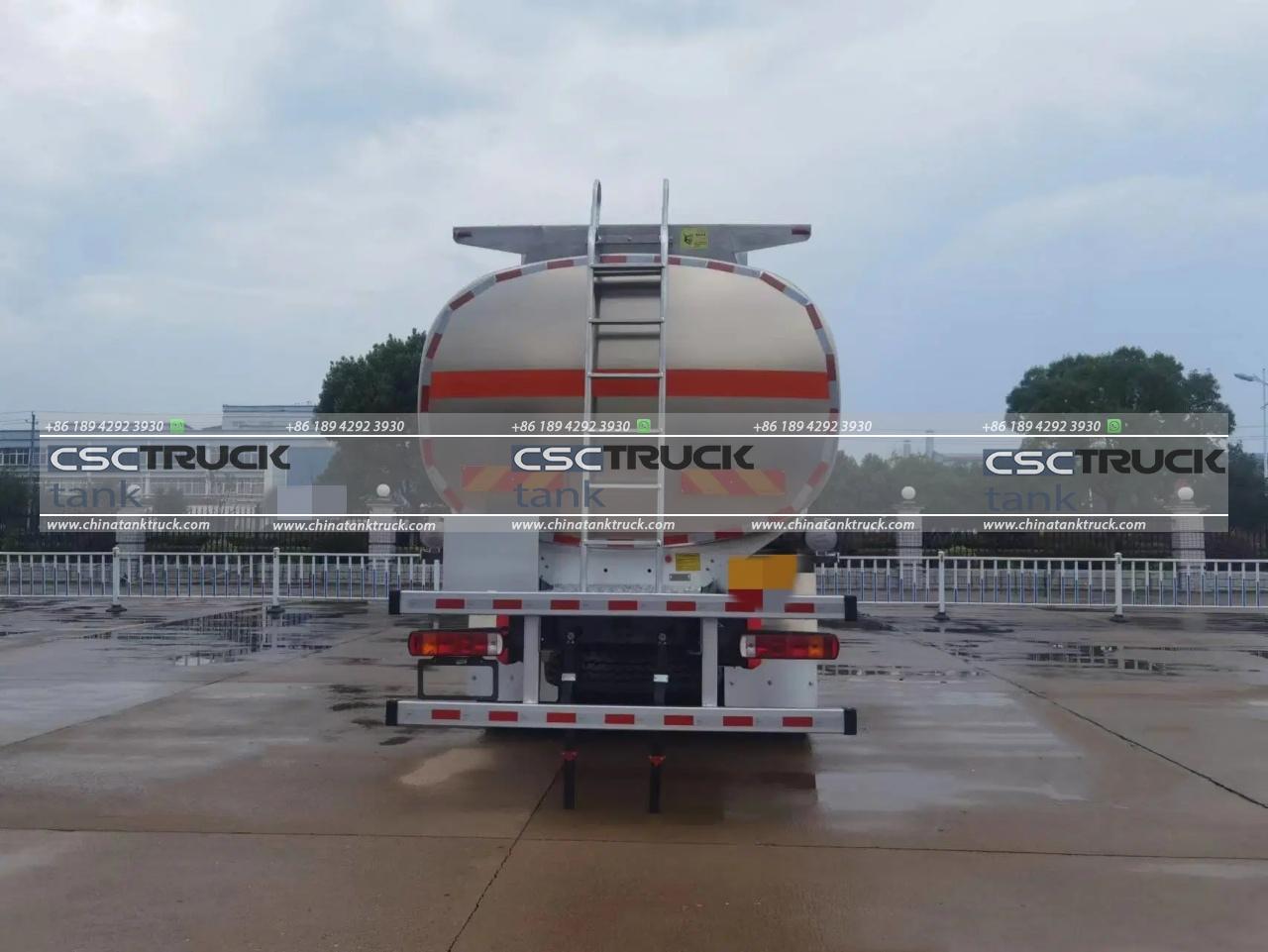How to Load a Fuel Truck: A Step-by-Step Guide
Loading a fuel truck is a critical process that demands precision, safety, and adherence to specific protocols. The fuel industry, highly regulated due to the inherent hazards associated with transporting flammable materials, has developed standard practices to mitigate risk. Proper loading minimizes the risk of spills, explosions, or contamination and ensures the efficient delivery of fuel to various destinations. This article explores the step-by-step process of loading a fuel truck, including preparatory measures, safety procedures, and equipment requirements.
Step 1: Pre-Loading Safety Checks and Preparation
Before loading a fuel truck, several preliminary safety checks are essential to ensure a safe operation.
1. Check the Truck’s Condition:
– Inspect the fuel truck for any visible damage or wear that might compromise safety. Key components include the fuel tank, hoses, and valves.
– Verify the truck’s braking system and inspect the tires, ensuring they meet the standards for transporting hazardous materials.
2. Review Fuel Requirements and Permits:
– Confirm that the necessary permits are in place and compliant with local and national regulations.
– Validate that the truck’s fuel compartments align with the type of fuel being loaded, as mixing fuel types can lead to contamination or equipment damage.
3. Conduct Personal Protective Equipment (PPE) Check:
– Loaders should wear appropriate PPE, including fire-resistant clothing, gloves, safety goggles, and anti-static shoes.
– Ensure that the PPE is compliant with regulatory standards for handling hazardous materials.
4. Ground the Fuel Truck:
– To prevent static electricity, ground the truck to the loading station using an earthing cable.
– Static buildup is a primary risk when handling flammable materials, and grounding ensures that any electrical charge is safely dissipated.
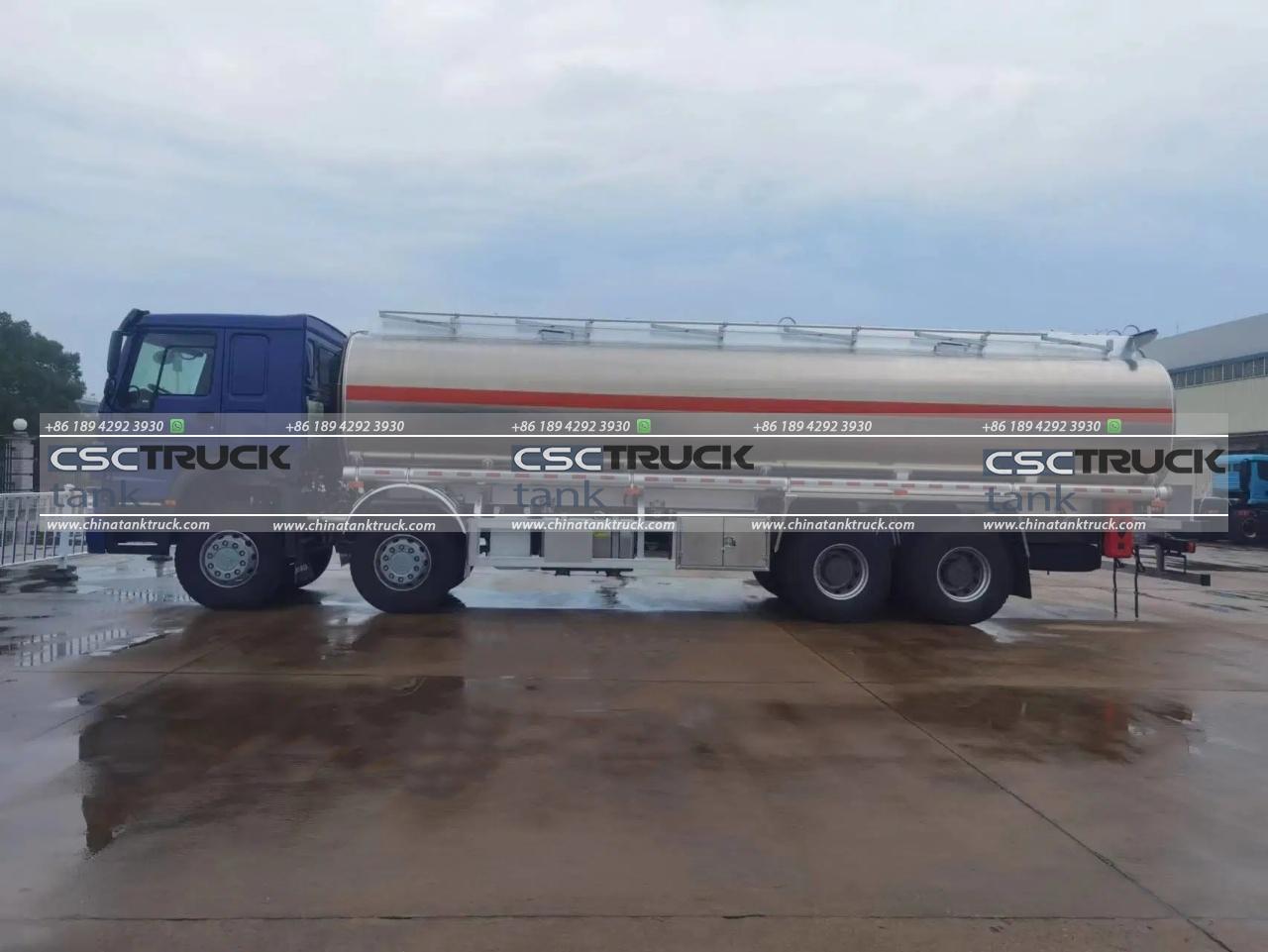
Step 2: Positioning the Truck in the Loading Bay
Proper truck positioning ensures a streamlined loading process and reduces the likelihood of incidents.
1. Align the Truck with the Loading Arm:
– Carefully align the truck to ensure that the loading arms can reach each fuel compartment.
– Most fuel depots have marked lines for parking guidance, ensuring a safe distance from other trucks and clear accessibility to the loading equipment.
2. Engage Wheel Chocks and Brakes:
– Place wheel chocks around the tires to prevent any accidental movement during the loading process.
– Ensure the truck’s parking brakes are engaged.
3. Close Unnecessary Valves:
– Double-check that any compartments not being filled are securely closed.
– Fuel leaks are a significant hazard, and taking time to verify valve positions prevents potential accidents.
Step 3: Connect the Vapor Recovery System
A vapor recovery system is essential in modern fuel loading procedures, as it helps control harmful emissions.
1. Attach the Vapor Recovery Hose:
– Connect the vapor recovery hose to the truck to capture and return fuel vapors to the storage tanks.
– The hose connection must be tight and secure, as vapor leakage could pose health risks and environmental hazards.
2. Check the Vapor Recovery Valve:
– Open the vapor recovery valve on the truck to enable the return of vapors during fuel transfer.
– This step is crucial for air quality control and maintaining compliance with environmental regulations.
3. Test the System for Leaks:
– Verify that the vapor recovery system is properly functioning by performing a leak test.
– This check prevents vapors from escaping into the atmosphere, ensuring compliance with emission standards.
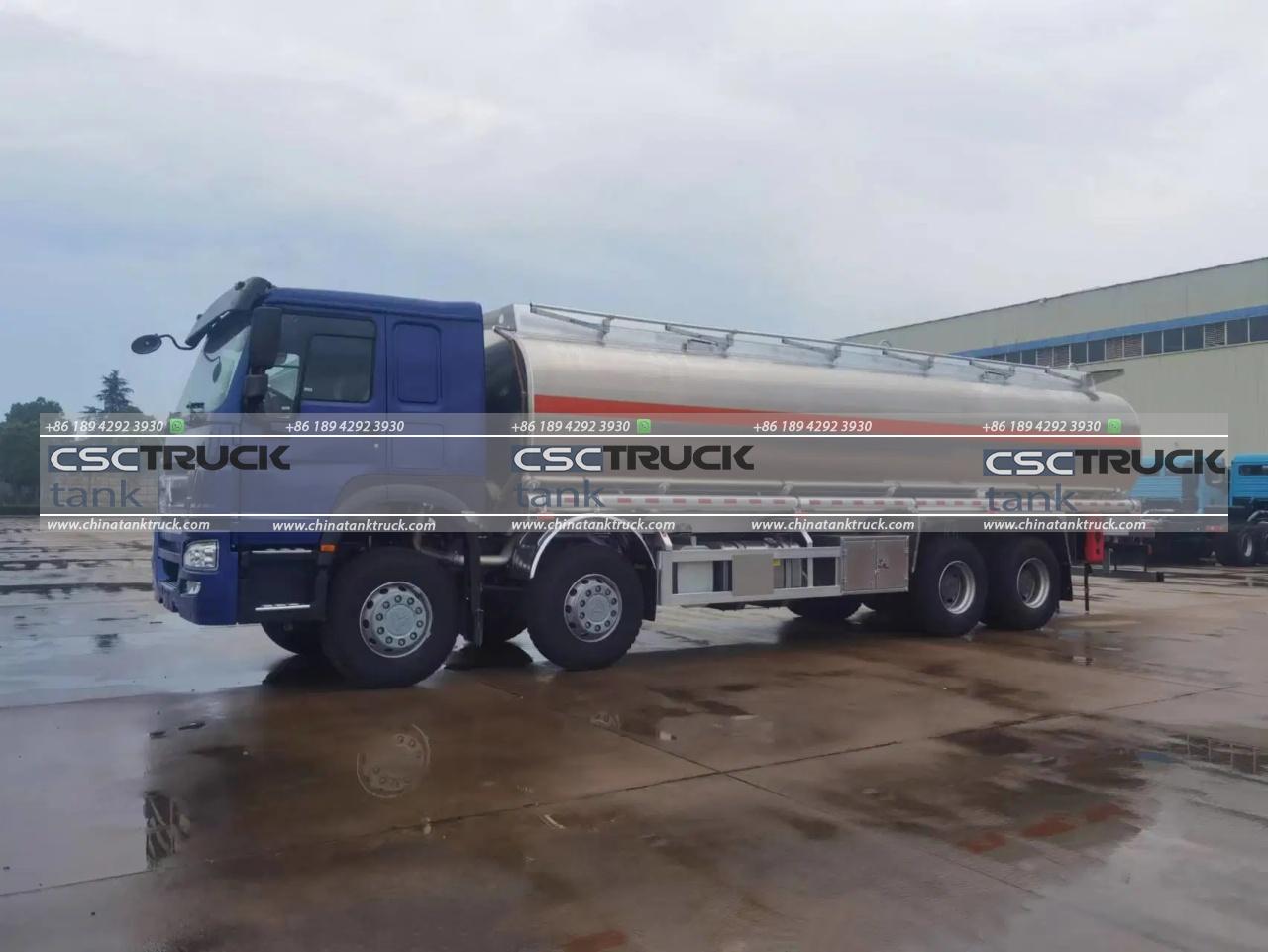
Step 4: Set Up the Loading Arm and Fuel Hoses
The loading arm is used to transfer fuel from storage tanks into the truck, and handling it properly ensures safe and efficient fuel transfer.
1. Position the Loading Arm:
– Extend the loading arm to the designated compartment. Ensure it is securely locked in place to avoid sudden shifts during the transfer.
– Align the loading arm to the correct fuel type designated for each compartment in the truck, as each compartment may contain a different type of fuel (e.g., gasoline, diesel, or aviation fuel).
2. Secure the Fuel Hose to the Truck:
– Connect the fuel hose to the truck compartment, ensuring that it is tightly sealed.
– Fuel hoses are equipped with automatic shutoff valves, preventing spills if the connection loosens or if an overflow is detected.
3. Double-Check Valve Settings:
– Make sure the valves are in the correct position for loading and prevent unintended cross-contamination.
Step 5: Begin the Loading Process
This is the core phase, where fuel is transferred from the storage tank to the fuel truck.
1. Set the Desired Fuel Quantity:
– Input the amount of fuel required for each compartment into the loading control system.
– Many modern loading stations have automated systems to monitor the fuel quantity in real time, stopping fuel transfer upon reaching the specified amount.
2. Monitor the Flow Rate:
– Adjust the flow rate to maintain a steady transfer, as fast rates may lead to spills and slower rates can delay the process.
– Check the loading bay control system to monitor flow, pressure, and the overall balance of fuel in the tank to avoid overfilling.
3. Stay Alert for Any Warning Signs:
– Monitor the entire system for potential issues, such as unusual noises or pressure fluctuations, which could indicate a malfunction.
– Stay close to the control station in case of emergency shutdowns.
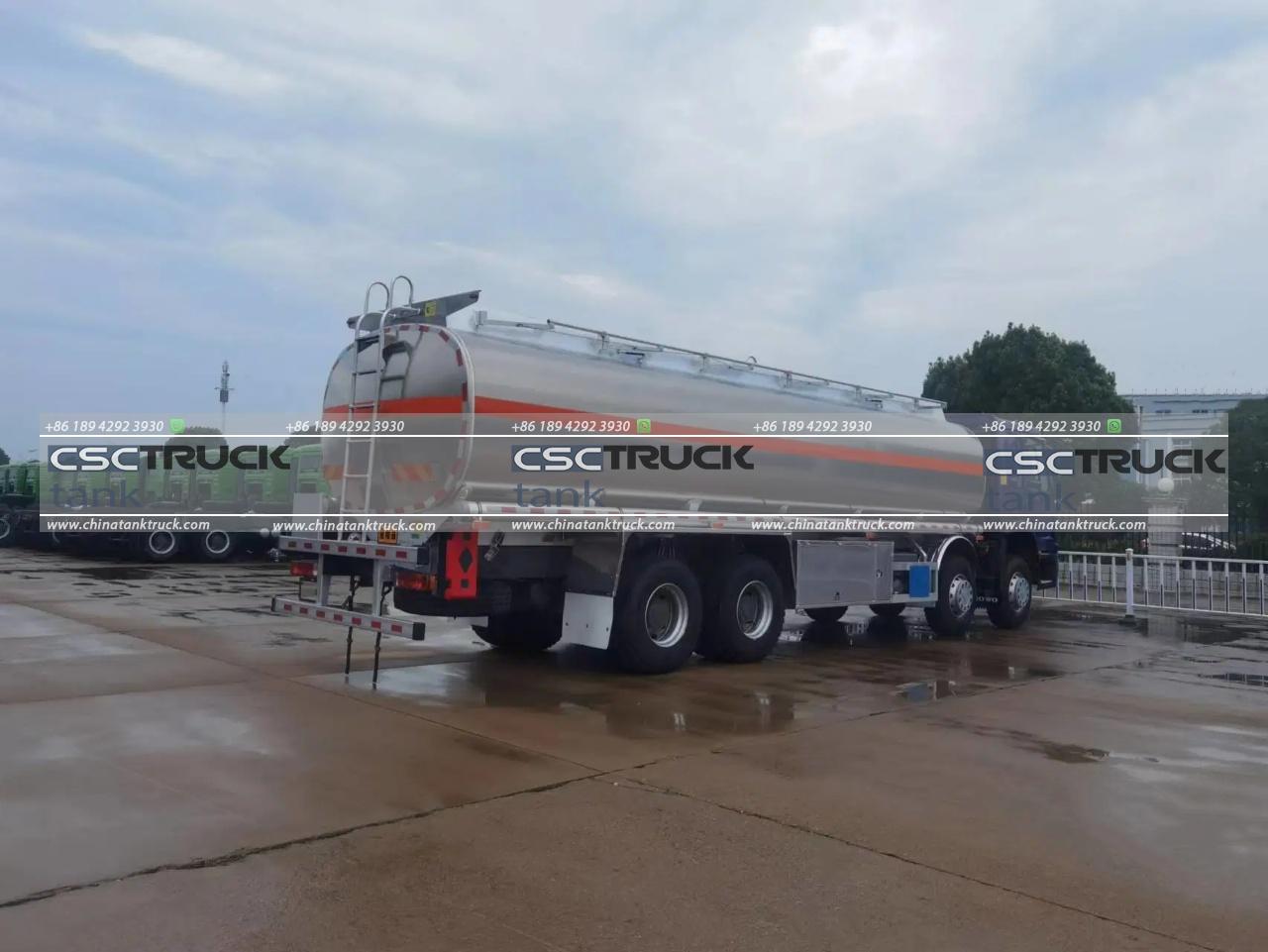
Step 6: Finalizing the Load and Disconnecting Equipment
After loading the fuel, it’s essential to carefully disconnect all equipment.
1. Close All Valves:
– Once loading is complete, close all compartment valves to prevent leaks.
– Check that each valve is tightly sealed before removing the hose.
2. Disconnect the Fuel Hose and Loading Arm:
– Detach the fuel hose from the truck compartment and place it back in its designated position.
– Perform a final inspection of the loading arm and hose connections for residual fuel, wiping away any drips or spills to prevent contamination.
3. Detach the Vapor Recovery Hose:
– Once the fuel compartments are sealed, disconnect the vapor recovery hose, ensuring no vapors are emitted.
– Secure the vapor recovery valve back in the closed position.
Step 7: Conduct a Post-Loading Inspection
Post-loading inspections are critical for confirming that the truck is safe and ready for transit.
1. Inspect for Leaks:
– Walk around the truck, inspecting for any leaks or spills that may have occurred during the loading process.
– Address and report any issues to ensure they’re resolved before leaving the depot.
2. Check All Seals and Caps:
– Verify that all compartment caps, valves, and seals are closed and secure.
– This step is crucial for preventing leaks and maintaining safety standards during transport.
3. Remove Wheel Chocks and Disengage Grounding Cable:
– Once the truck is ready to depart, remove the wheel chocks and disengage the grounding cable.
– Ensure the truck is cleared for safe departure from the loading bay.
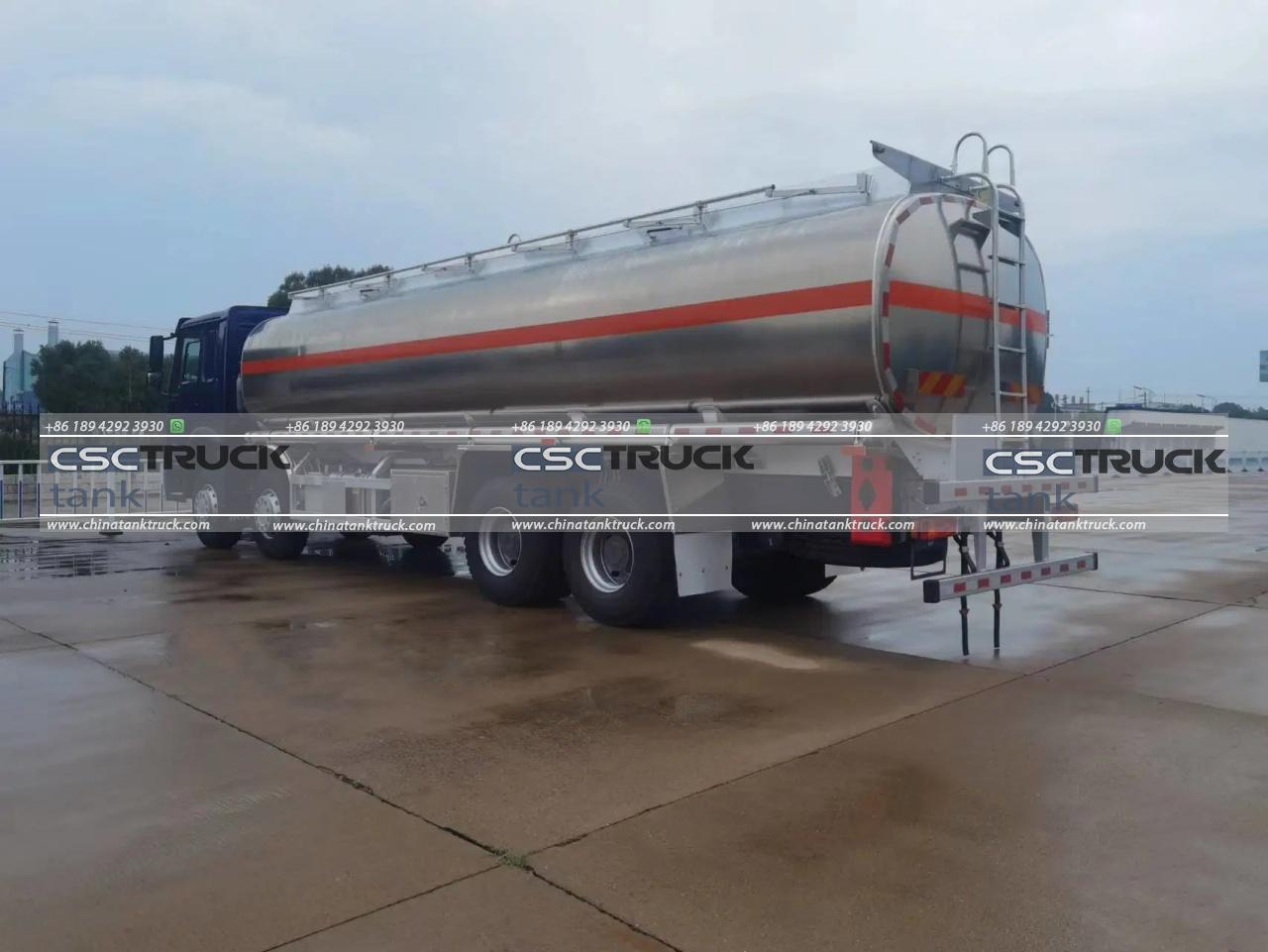
Final Thoughts on Fuel Truck Loading Safety
Loading a fuel truck involves meticulous attention to detail, from pre-loading checks to post-loading inspections. Observing these steps reduces the risk of accidents, environmental harm, and contamination, and it ensures that fuel reaches its destination safely and efficiently. Compliance with local and national regulations is crucial, as is maintaining a focus on safety protocols and equipment standards. By following the outlined procedures, fuel truck operators can execute safe, efficient loading that upholds the integrity of both the fuel and the environment.
